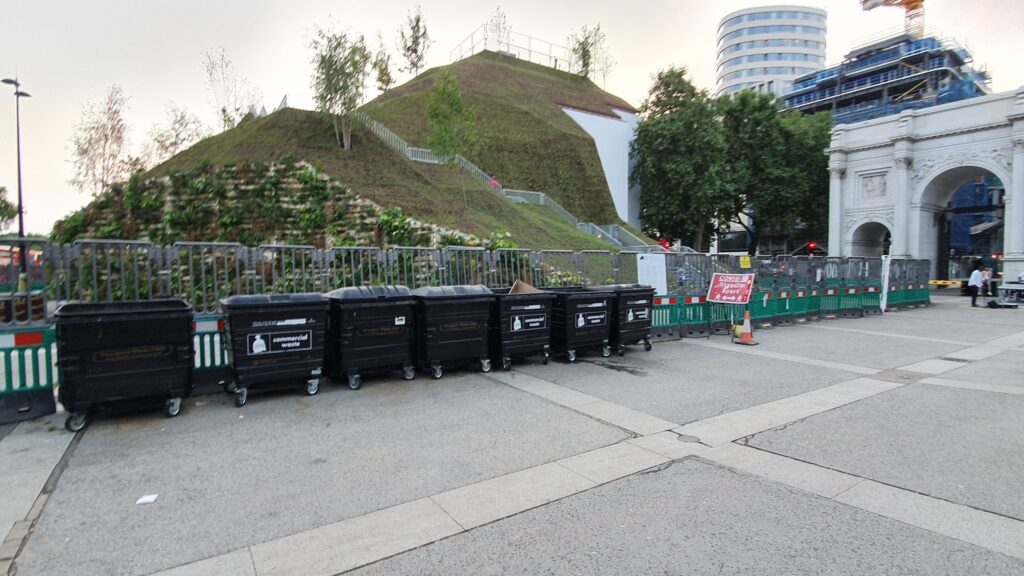
[JANUARY 2022 UPDATE: MVRDV has published a report of their experience with The Mound, and their analysis of its shortcomings. It is an exhilarating and highly persuasive read, and extraordinary in its rarity; if only more architects would apply their expertise to understanding the outcomes of their designs and the failures of the processes that led to them.]
I have absolutely loved MVRDV’s Marble Arch Mound from the minute I saw it in Dan Barker’s epic tweet thread of visiting it on opening day in July. It hits every rendering vs. reality, experience economy, placemaking spectacle fail button, without costing me a farthing and without having to be my problem in any way. It is an upfront and honest disaster. And unlike some embarrassing and pointless destination stairchitecture closer to home, at least the Mound hasn’t killed anyone. Yet.
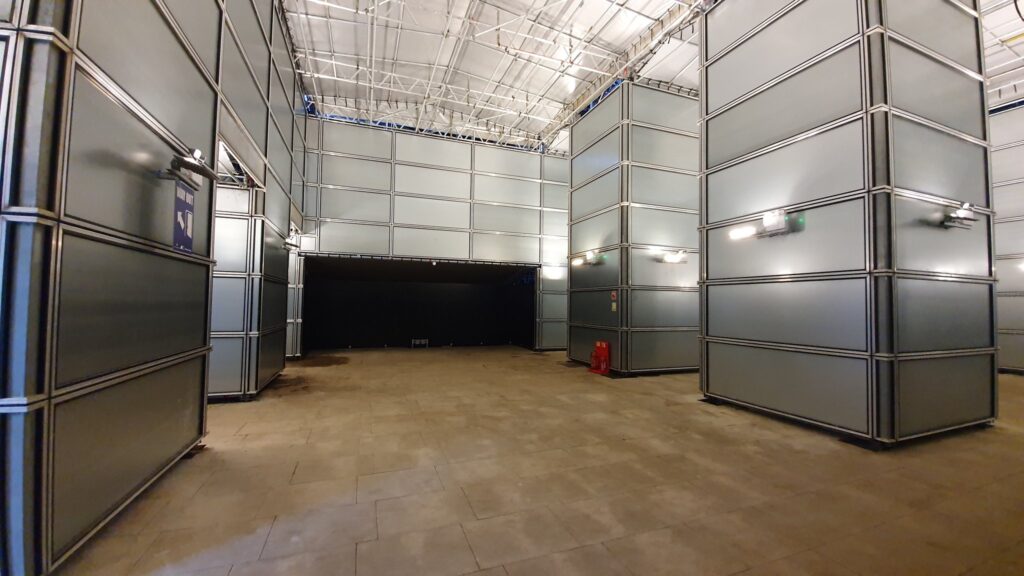
A mountain of criticism has been thrown up on the Mound since, but Barker’s take still feels the clearest. He identifies the obvious things, like the cruft of fencing, garbage cans, and signage that delineate paid-access public space; and the nakedness of a new garden draped–it must be made clear–over a scaffold, and looking like a Minecraft skin–to me, a good thing!–but inevitably doomed by comparison to the lush renderings. He points to the complete absence of the promised interior program of a cafe and light installation: was it unfinished, abandoned, or still waiting for an intern to be blamed for not pulling it together?
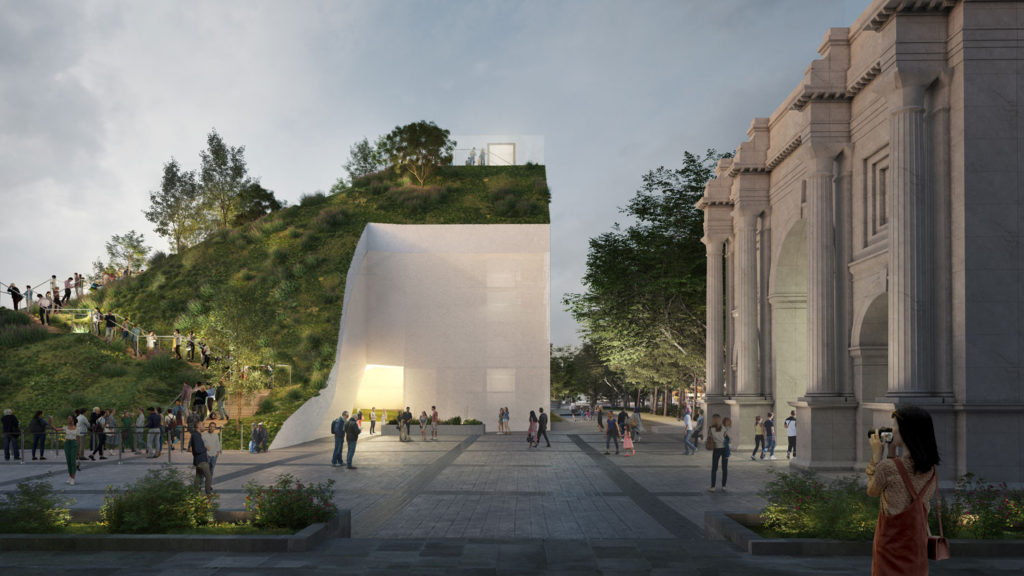

And he’s the first to point out what’s probably the Mound’s most significant failing: it’s too short to provide a view of anything except the buildings and construction sites surrounding it. Like so many failures in the UK these days, this one feels entirely predictable and avoidable. And yet here it is.
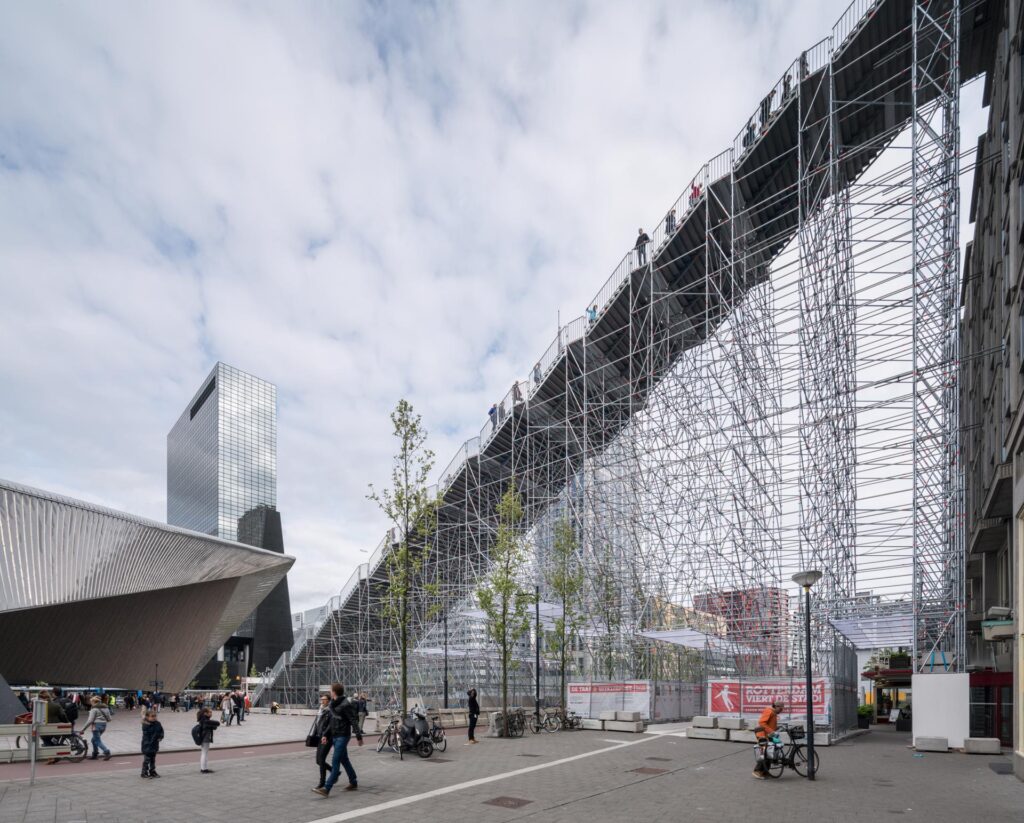
What’s wild is how right it can also seem on paper. Lure people back to a troubled central commercial district during the pandemic by building a dramatic, temporary Insta-attraction. Get those Dutch architects who built that giant scaffold staircase to the abandoned rooftop in central Rotterdam that one time. No, not that time; the second time. That one slapped.
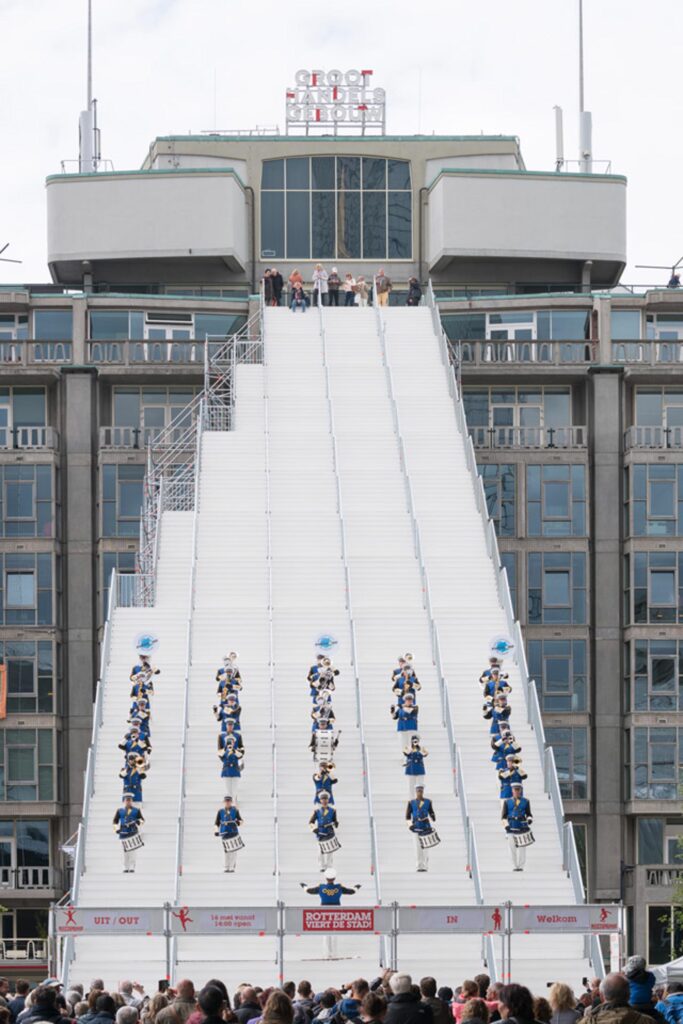
Setting aside the obvious differences in site and program, MVRDV’s two temporary scaffold stair projects, can help see where we are, and where we came from since the Summer of 2016. The Stair to Kriterion was built to the rooftop of a building in front of Rotterdam’s central station. It evoked the city’s commemoration of post-war reconstruction and nostalgia for the long-closed movie theater at the top of the stairs. There was a cafe and an exhibit, but because it had an actual view, it was free, and packed. Though MVRDV principal Winy Maas suggested it should be permanent, it came and went as planned, in two months.
Marble Arch Mound sounds so dissatisfying it will be lucky to make it to January. At least when the leaves fall on the surrounding trees in a few months, they’ll stop blocking the view of the park. Instead of the Dutch throngs, access to the Marble Arch Mound is capped at 1,000 people/day, 25 at a time. This is the trickle of a crowd that was not only supposed to revitalize the shipping street next door, but to buy enough tickets to generate profits for Mound.
All of which was also clear on paper. The Marble Arch Mound is the transparent architectural embodiment of the cultural, corporate, and governmental institutions that brought it into being, of the strategic assumptions, values, and decision-making processes they used, and of the vision, constraints, and compromises they imposed.
Delia Gebrial’s tweet summed up the situation so succinctly, it became part of the headline for the Financial Times’ report on the Mound’s managerial failures: “I saw the marble arch mound today and honestly, i’m besotted and obsessed with how rubbish it is. it truly is a monument to 2021.”
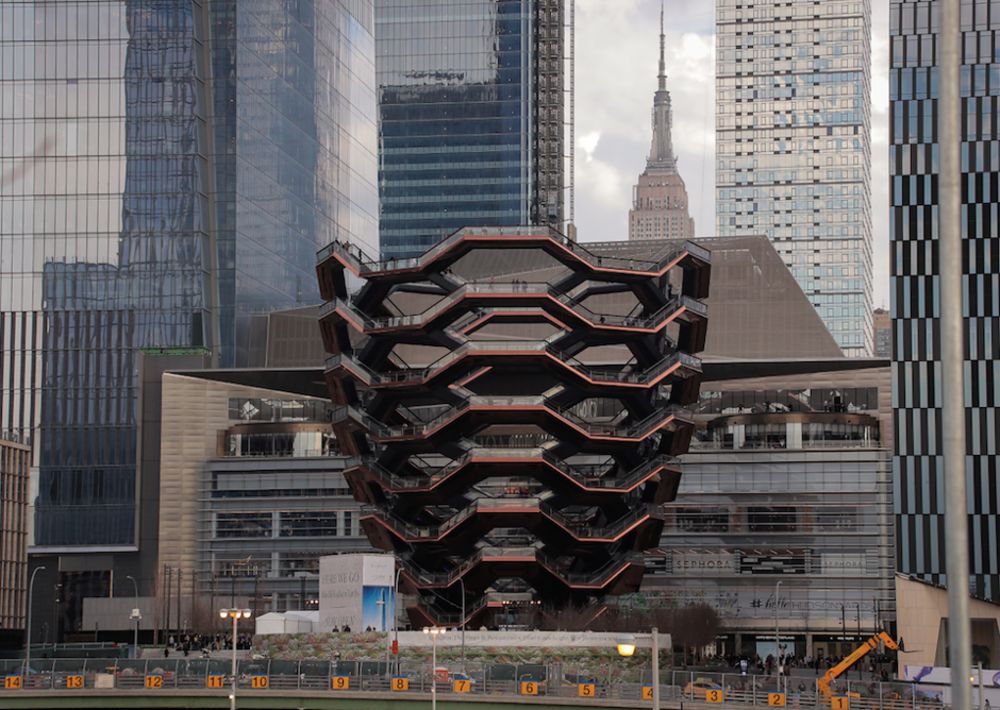
Just as the Vessel embodies Bloomberg-era New York real estate oligarchs’ compulsion for trophy spectacle, whereby an Eiffel Tower to yourself that turns out to be an ill-conceived suicide machine, the Marble Arch Mound captures this privatized, austerity-riddled, authoritarian, kakistocratic, pandemic moment in London with a truly terrible clarity. This Potemkin Village Green of a public building induces amazement and awe, at least from afar. If only it could outlive the political calamity that built it.
